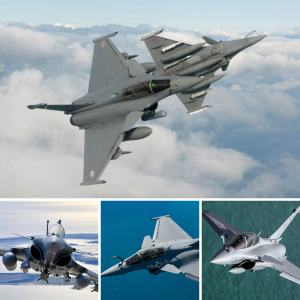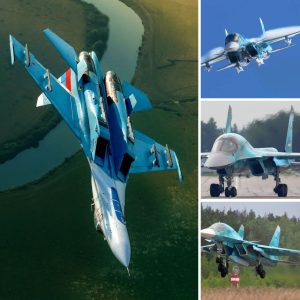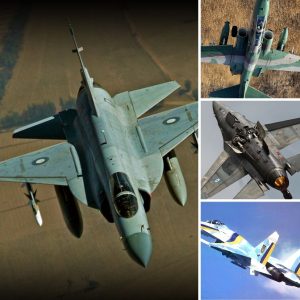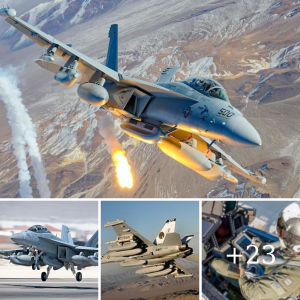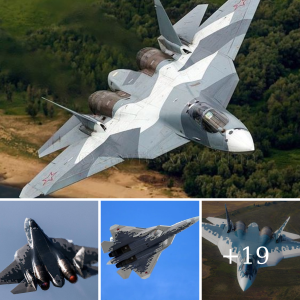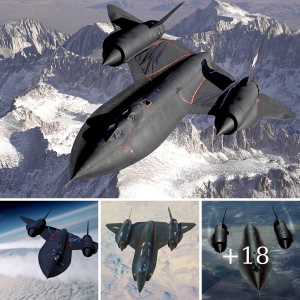In a tense moment high above the Baltic Sea, a Danish F-16 found itself forced to change direction as it encountered a Russian Su-27 fighter jet. The dramatic incident, which unfolded on [Date/Time], highlights the ongoing geopolitical tension in the region and the ever-present risks of military encounters in contested airspaces.

The Baltic Flashpoint
The skies over the Baltic Sea have long been a hotspot for military encounters between NATO and Russian forces. This latest encounter is a stark reminder of the delicate balance that exists in this region. Danish F-16s, as part of NATO’s Baltic Air Policing mission, routinely patrol these skies to ensure the sovereignty of NATO airspace. However, these patrols often bring them into close proximity with Russian aircraft, leading to tense and potentially dangerous situations.
The Encounter
On the day of the incident, the Danish F-16 was conducting a routine patrol when it was intercepted by a Russian Su-27. The Su-27, known for its agility and firepower, approached the Danish jet in what military officials described as an “unsafe and unprofessional” manner. The Russian fighter reportedly came within close range of the F-16, forcing the Danish pilot to take evasive action.
Video footage of the encounter, captured from the cockpit of the F-16, shows the Su-27 making a sharp maneuver, cutting across the flight path of the Danish jet. The F-16 pilot, demonstrating skill and composure, quickly changed direction to avoid a potential collision. The video has since gone viral, drawing significant attention and raising concerns about the escalating tensions between NATO and Russia.

Strategic Implications
This encounter is more than just a close call; it is a reflection of the broader strategic challenges facing Europe. The Baltic region, bordered by NATO allies and Russia, is a critical area of focus for both sides. NATO’s air policing missions are intended to deter aggression and ensure the security of member states, but they also serve as a reminder to Russia of the alliance’s readiness to respond to any provocation.
For Russia, these encounters are a way to assert its presence and challenge NATO’s activities in the region. The Su-27’s aggressive maneuver could be interpreted as a message from Moscow, signaling its unwillingness to yield in this contested space.
A Call for De-escalation
The incident has sparked calls from international leaders for de-escalation and dialogue. While military encounters like this are not uncommon, the potential for miscalculation is always present. A slight misjudgment by either pilot could have led to a much more serious incident, with far-reaching consequences.
NATO officials have reiterated their commitment to ensuring the safety of their pilots while also emphasizing the importance of maintaining a strong defensive posture. At the same time, they have called on Russia to engage in responsible behavior to avoid unnecessary provocations.
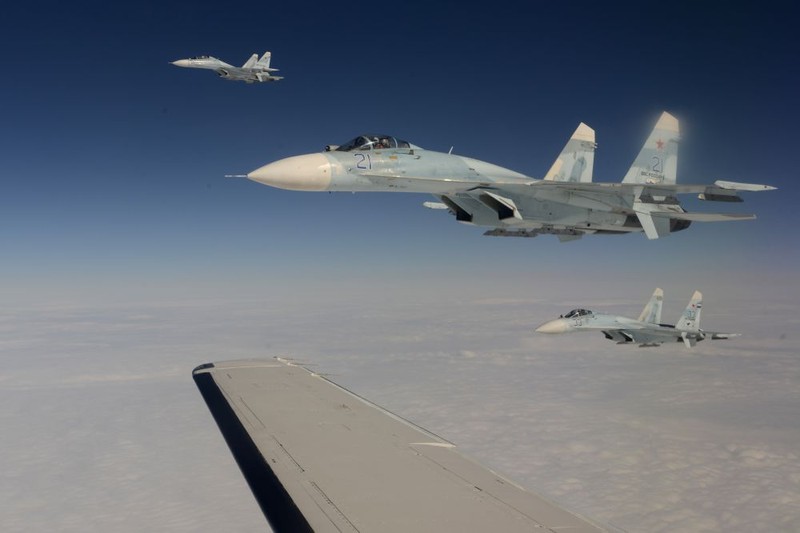
Conclusion
The skies over the Baltic Sea continue to be a flashpoint in the ongoing geopolitical struggle between NATO and Russia. As the world watches these high-stakes encounters, the need for clear communication and restraint is more critical than ever. The encounter between the Danish F-16 and the Russian Su-27 serves as a sobering reminder of the thin line between routine patrols and potential conflict.
